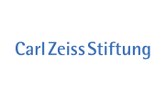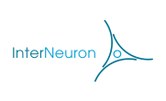Andreas Thum: From structure to function: what we can learn from the connectome of the Drosophila larva
| When |
May 10, 2022
from 05:15 PM to 06:00 PM |
|---|---|
| Where | Hybrid Format in the Lecture Hall, Bernstein Center. Zoom ID and password will be sent with e-mail invitation. You can also contact Fiona Siegfried for Meeting ID and password. |
| Contact Name | Fiona Siegfried |
| Add event to calendar |
|
Hybrid Format!
Abstract
The Drosophila larva is a relatively simple, 10 000-neuron study case for learning and memory with enticing analytical power, combining genetic tractability, the availability of robust behavioral assays, the opportunity for single-cell transgenic manipulation, and an emerging synaptic connectome of its complete central nervous system.
Indeed, although the insect mushroom body is a much-studied memory network, the connectome revealed that more than half of the classes of connection within the mushroom body had escaped attention. The connectome also revealed circuitry that integrates, both within and across brain hemispheres, higher-order sensory input, intersecting valence signals, and output neurons that instruct behavior.
Further, it was found that activating individual dopaminergic mushroom body input neurons can have a rewarding or a punishing effect on olfactory stimuli associated with it, depending on the relative timing of this activation, and that larvae form molecularly dissociable short-term, long-term, and amnesia-resistant memories. Together, the larval mushroom body is a suitable study case to achieve a nuanced account of molecular function in a behaviorally meaningful memory network.






